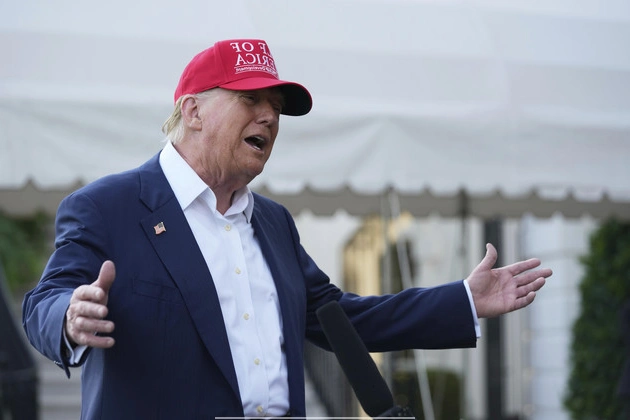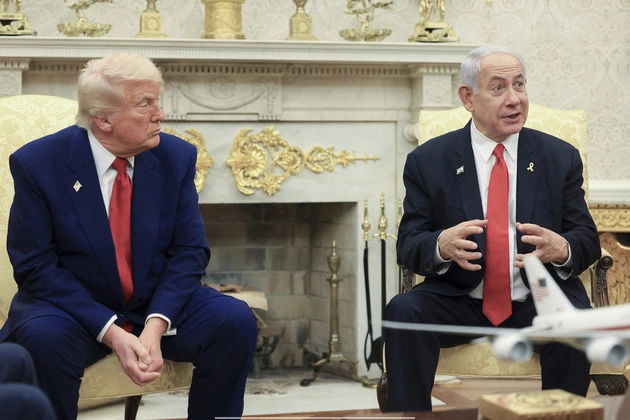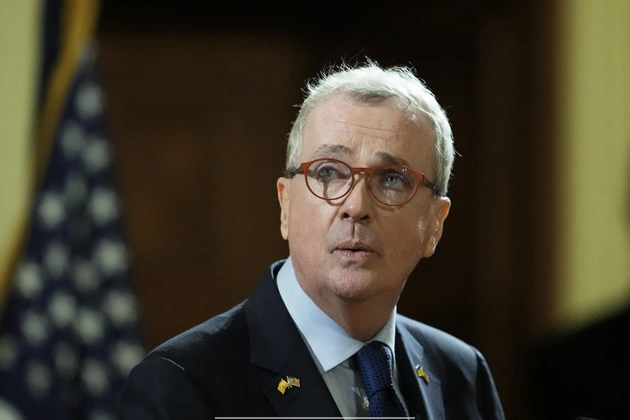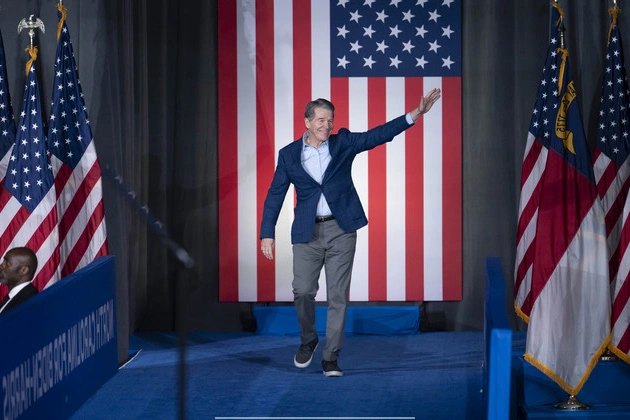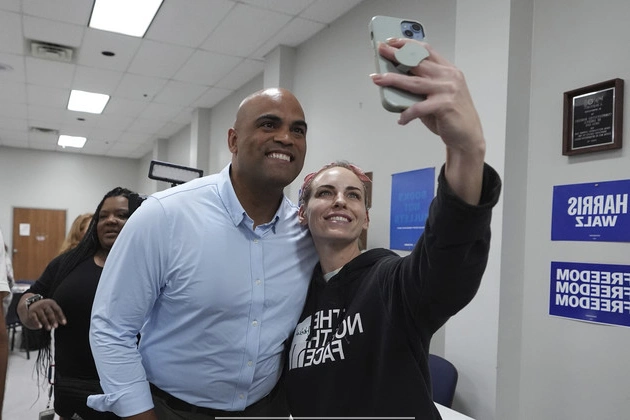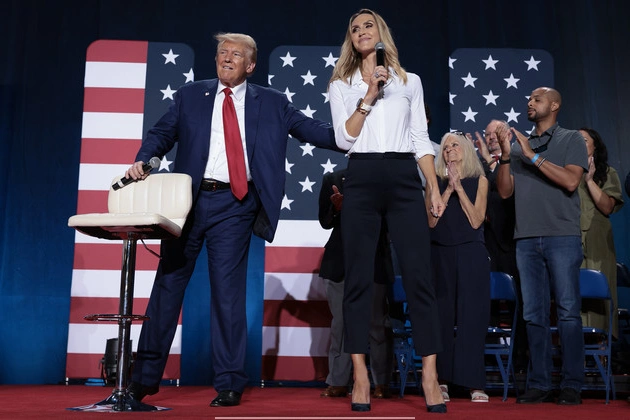
The Democratic governor of Wisconsin has utilized his powerful veto to secure a significant school funding increase for an unprecedented 400 years, as confirmed by the state Supreme Court on Friday.
In a 4-3 ruling by the liberal-controlled court, the broad partial veto power of Wisconsin governors was upheld, allowing them to reshape spending bills passed by the Legislature.
Unique Veto Authority in Wisconsin
Unlike other states, Wisconsin grants its governors the ability to make partial vetoes by striking words, numbers, and punctuation, thereby altering the meaning and amount of spending.
The court’s liberal justices emphasized that the governor’s partial veto power is not restricted by the extent of policy changes it introduces, even if they are substantial, as seen in the 400-year funding modification.
Controversy and Criticism
However, the conservative minority on the court expressed concerns over the fantastical implications of allowing the governor to essentially create new laws through partial vetoes.
Republican legislative leaders and business groups challenged the veto, arguing that it exceeded constitutional bounds and undermined the Legislature’s authority over budgetary matters.
Legal Battles and Constitutional Amendments
This ruling is part of a larger legal battle over veto powers in Wisconsin, with ongoing disputes between the governor and the Legislature regarding the extent of partial veto authority.
While the court’s decision sets a precedent for future budgetary processes, it also raises questions about the balance of power between the executive and legislative branches.
Implications for Education and Governance
The governor’s use of the partial veto to secure long-term funding for public schools underscores the strategic importance of budgetary maneuvers in shaping state policies.
As Wisconsin grapples with the implications of this ruling, the debate over veto powers and constitutional limits continues to evolve, impacting not just education but also governance at large.






